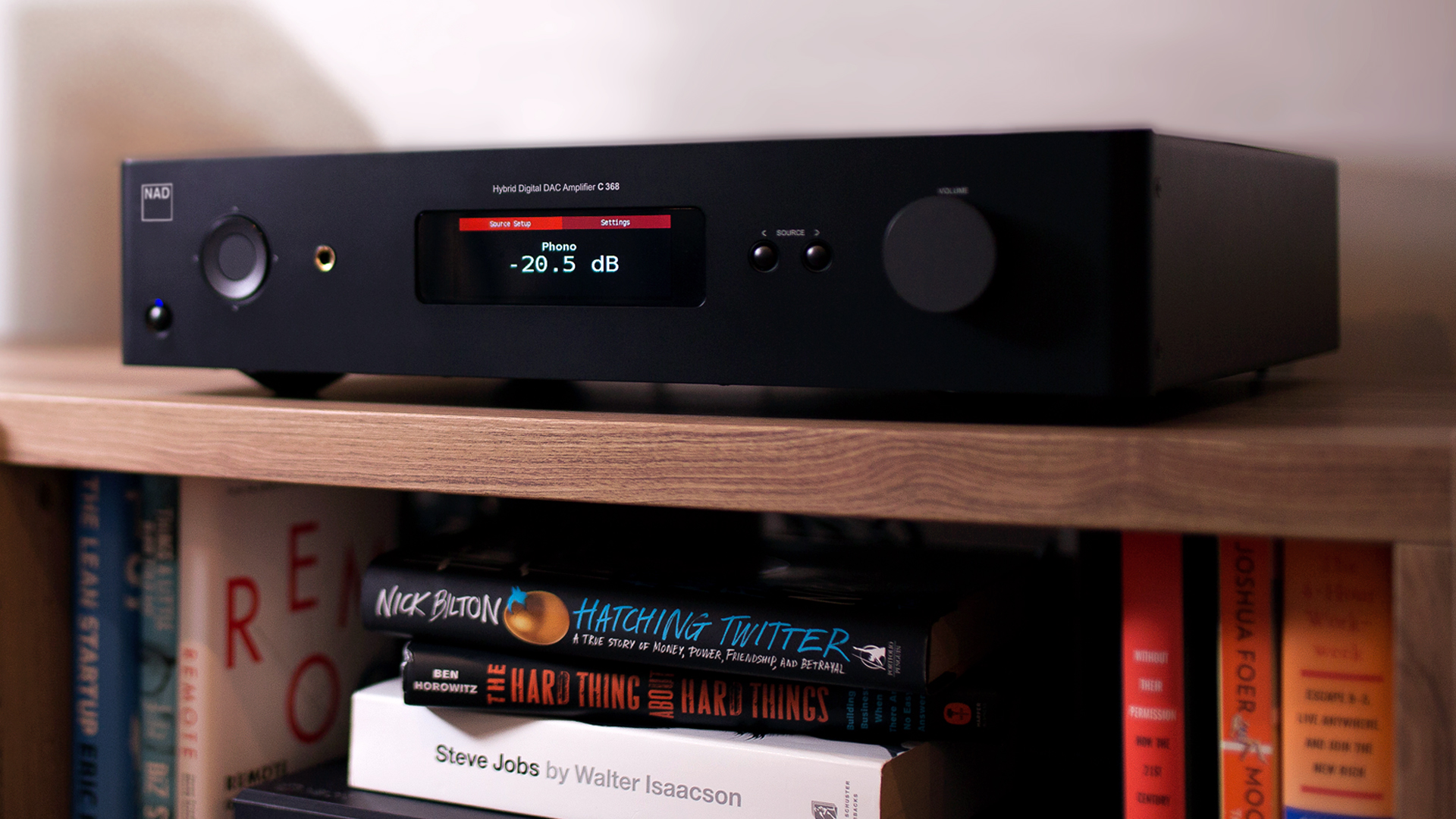Good morning everyone.
I recovered an old NAD 3100 pe amp, from 1990, and listening to it I was surprised by how it sounds.
Many times we are surprised by how certain amplifiers from a few years ago sound, especially when compared to the best amplifiers currently in use.
Anyone knows this amplifier, remembers it, has had the opportunity to listen to it, what do you think?
I recovered an old NAD 3100 pe amp, from 1990, and listening to it I was surprised by how it sounds.
Many times we are surprised by how certain amplifiers from a few years ago sound, especially when compared to the best amplifiers currently in use.
Anyone knows this amplifier, remembers it, has had the opportunity to listen to it, what do you think?



